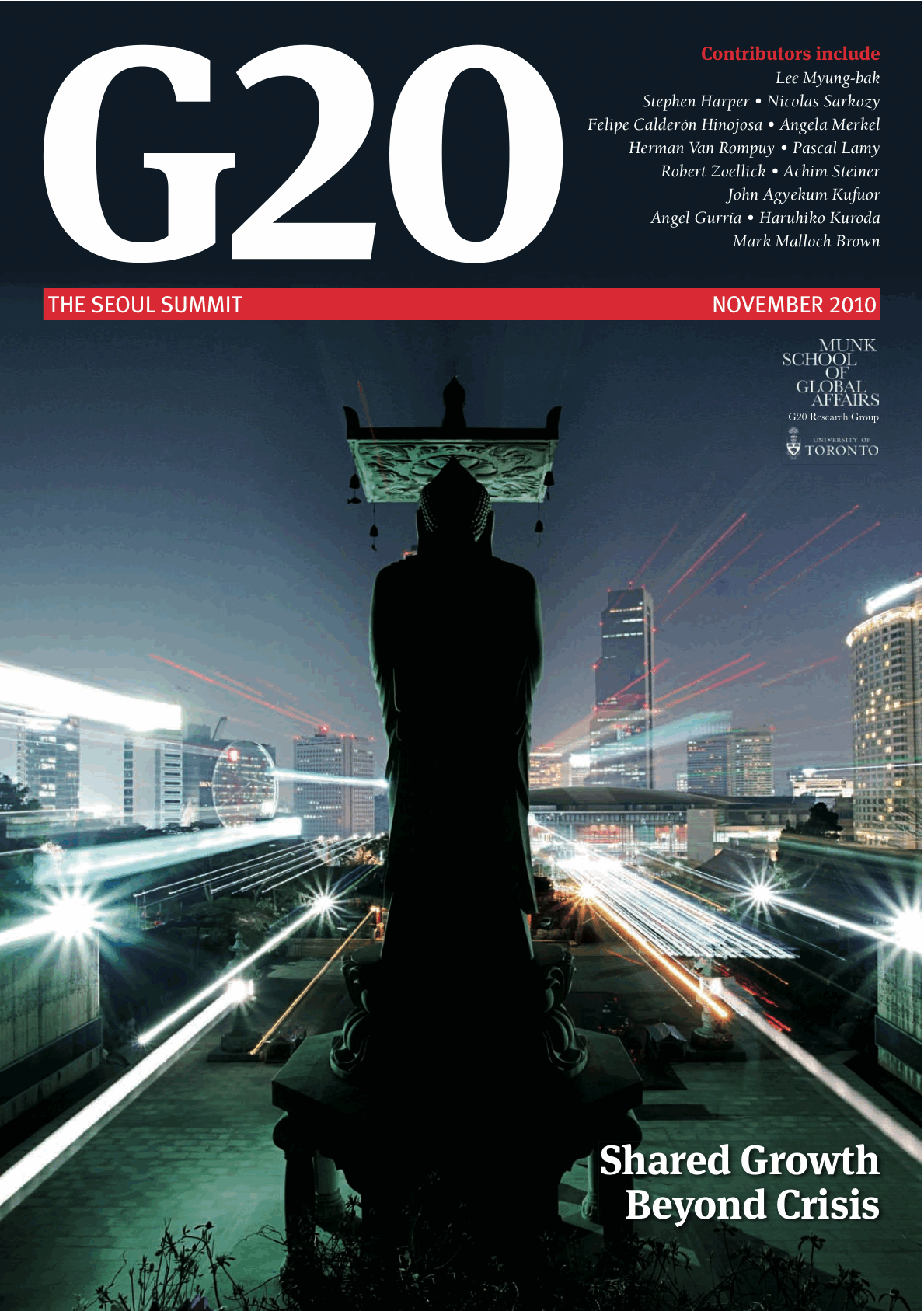

 |
 |
|

An ‘Asian’ approach to global development
By Lim Wonhyuk, director, policy research, Center for International Development, Korea Development Institute
Asia’s economic and industrial boom over the last 60 years offers a wealth of development experience and transferable lessons to other continents
To download a low-resolution pdf, click here. (Be patient! It's 50 MB.)
Since 1960, Asia has grown faster than any other continent. Unique among developing regions, East Asia in particular has managed to narrow the development gap with advanced industrial countries. This superior performance gives credibility to successful Asian countries in development debates because they can make their case based on their track record rather than using untested theories that often form the basis of onesize-fits-all solutions. At the same time, the development experience of successful Asian countries would be of limited practical relevance if it is so region-specific that it cannot be generalised and replicated in other continents. What Asia can contribute to global development depends crucially on extracting correct and transferable lessons from its development experience.
According to the Commission on Growth and Development, since 1950 there have been only 13 economies that have grown at an average of 7 per cent a year or more for 25 years or longer. Nine of them are in East Asia: China, Hong Kong (China), Indonesia, Japan, Korea, Malaysia, Singapore, Taiwan (China) and Thailand.
The remaining four are Botswana, Brazil, Malta and Oman. The predominance of East Asia in this list may justify the frequent references to ‘the East Asian miracle’. But as the presence of the non-Asian countries shows, high and sustained growth is not exclusively an Asian phenomenon.
In fact, development may be conceptualised generally as the result of synergies between enhanced human capital and new knowledge, involving complementary investments in physical and social capital. The fundamental policy challenge is for the state to work with non-state actors and markets to address innovation and coordination externalities while minimising negative government externalities such as corruption. A performance-based reward system, under the principles of the protection of property rights and equality of opportunity, has to be an integral part of the solution.
Since the days of the Industrial Revolution, countries that have effectively responded to the innovation and coordination challenges have become successful — whether they are Asian or not. In the 19th century, for instance, the United States and Germany actively imported technology from abroad and heavily invested in education to close the knowledge gap with the leading economies of the day; they integrated their national market and promoted enterprise development to facilitate industrialisation. More recent successes in Asia and elsewhere are not much different from the experiences of ‘late comers’ in Europe and elsewhere.
The key is for a country to retain the ownership of its development and develop its own capabilities progressively, even as it actively learns from, and trades with, the outside world. Of course, basic education, health and stability are important for growth and vice versa. Integration into a regional or international production network can bring in much-needed investment and know-how. However, to generate high and sustained growth, a country must develop its own capabilities to add value and respond to shocks. Developing countries typically start their industrialisation in the assembly and production segments of the value chain, using their comparative advantage in labour-intensive manufacturing, such as textiles. Only a few manage to move to higher value-added segments and to shift even higher, because most countries fail to respond to the innovation and coordination challenges of the next stage: technical education, research and development, and infrastructure development. In some cases, countries fail because they rush to promote sophisticated industries without the requisite scale economies and skill accumulation. Close consultation between the government and the private sector is key to solving information and incentive problems in this stage, when countries try to upgrade their comparative advantage. In addition, countries should establish fiscal discipline and prudential regulation and adjust prices to mitigate the impact of shocks. Last but not least, commitment to social cohesion and broad-based growth can help to reduce the risks of growth-killing conflicts.
There is nothing particularly Asian about these recipes for development. Of course, countries that suffer from brutal colonial legacies, wide economic disparities, and ethnic and social divisions may find it difficult to engage with the outside world, invest in people and maintain social cohesion. Africa and Latin America may have a greater share of countries marked by these characteristics than Asia. However, successful Asian countries have also had to face some or all of these structural problems and come up with workable solutions. Korea, for example, had suffered from colonial occupation and an internationalised civil war, but pushed ahead with a coordinated programme of trade, industry and human resource development to generate rapid, shared growth. Indeed, it would be defeatist for non-Asian countries to characterise successful recipes for development as ‘Asian’ and not even try to adopt them.
The Seoul Summit provides a great opportunity to consolidate the G20 development agenda and promote successful recipes for development on a global scale. At the Pittsburgh and Toronto summits, the G20 declared the objective of “raising living standards in the emerging markets and developing countries” and “ensuring a more robust and resilient global economy for all” to narrow the development gap and reduce poverty. In promoting development, the G20 should focus on its core objective of strong, sustainable and balanced growth through international economic cooperation and support global efforts to achieve the Millennium Development Goals. For example, to improve basic health and hence contribute to the growth of low-income countries, agencies and organisations working with the United Nations may provide necessary medicines and offer training to doctors and nurses; the G20, by comparison, may work on improving transportation and delivery infrastructure. The G20 should focus on helping developing countries to go beyond meeting basic human needs and generate self-sustaining growth.
Toward this end, the G20 should establish an interactive information platform where developing countries can access the development experience and knowledge of the G20 members. A network of officials and experts with an intimate knowledge of development challenges should work with partner countries to discover jointly what really works in the local context, while taking as useful references the approaches taken by successful countries in Asia and elsewhere.
|
This Information System is provided by the University of Toronto Library |
All contents copyright © 2024. University of Toronto unless otherwise stated. All rights reserved.